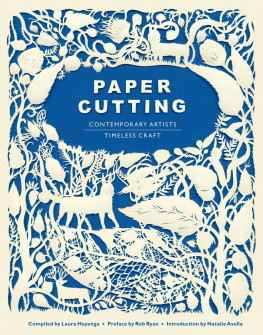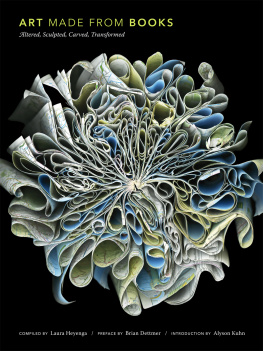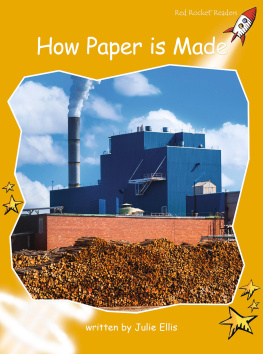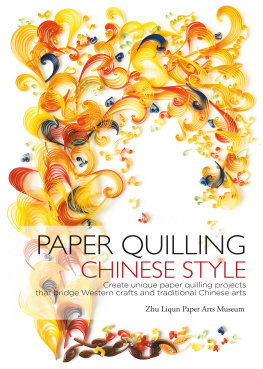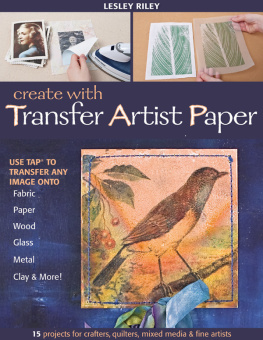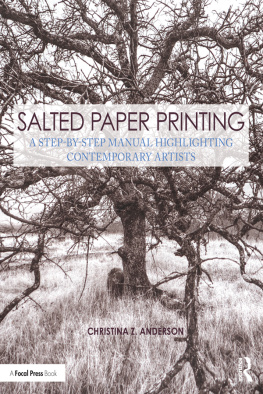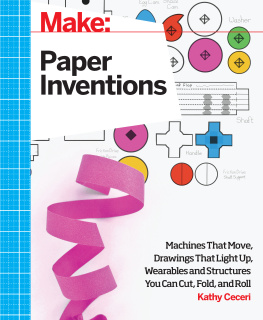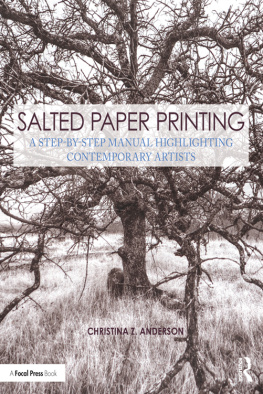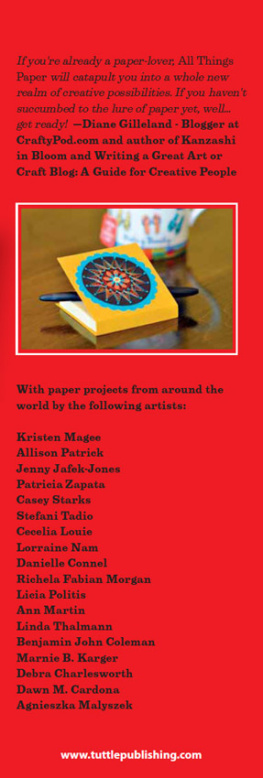Where you the kind of CHILD that ate your way all around the edge of the hole in the middle of a cookie bit by bit with tiny teeth in little nibbles?
Were you the kind of child who spent much more time drawing in the margins and making multi-colored borders and underlining the titles and subtitles of your homework than ever actually doing it?
I was always busy jumping over and around the cracks in the sidewalk, and I looked up at the spaces in the sky that lay between the shapes made by crisscrossing telephone lines and power cables waiting for a jet plane or a bird to pass perfectly into the center of the frame that I had created in my head. At that instant, I shut my eyes as if they were a camera shutter and captured that moment and made it mine.
The world joins up with itself over and over again. Roads cross rivers on bridges; and one day you learn that rivers cross roads in aqueducts. Pavements turn sideways into pedestrian crossings, and then back into pavements. Tall buildings become one with the clouds, and airplanes draw lines in the sky with vapor trails that I used to look up at in wonder but now view with dread or even guilt.
I do like this whole paper-cutting thing.
I like the fact that I dont need paint or brushes or water or oil or palettes or canvas, just a piece of paper, a knife, and a pencil, and a rubber eraser. So much lessless mess, less waste, less stuff. More timemore time to say the things I have to say without detail getting in the way. No adding on of paint, layer after layer, and no more never quite knowing when to stop. Only taking away and taking away, first of all; all of the holes from the middle of all of the doughnuts in the world, and then the tiny slivery gaps that exist in the spaces in some lovers entwined fingers, or maybe that tiny little island of nothingness that lives between two pairs of kissing lips. And then a bigger hole that really is the entire sky, and so on and on until all the gaps fill up and slowly become the solidness that is the world we live in that somehow lies between.
Originally, I turned to paper cutting as a means to stop myself from putting writing into my work. I had always used small sentences here and there in my work. (I guess I just had things that I wanted to say.) However, these phrases had started to grow and extend to such an extent that my pictures were composed entirely of lettering. I had a small book of Tyrolean paper cuts of very pastoral images, rolling hills and gates and trees, wooden chalets, and cows with huge bells around their necks being led down from the mountains. These charming pictures had been cut through vertically folded paper and had perfect symmetry; I thought that if I worked that way, I wouldnt be able to put words in the pictures because they would be mirrored back to front on the facing side when unfolded. So I must admit that I was originally drawn to paper cutting by a form of self-censorship. However, I soon became transfixed by this world of perfect symmetry. It was a place where I could give the world my own imposed order, making it the neat and tidy place it so isnt.
So I started to make my own paper cuts from single folded sheets of thin paper with the sharpest scalpel blades.
In this new two-dimensional world, it was always good for people to be doing things, keeping them-selves busy. This suited me because I like to be kept busy myself. People seemed to be constantly climbing up ladders or hanging upside down from the branches of trees.
I began to love living in the new world. It was a place where things always joined together and supported one another. In short, they helped each other out.
Clouds hung from tiny, finely cut chains as if they were a part of a stage set in a Victorian puppet theater. A forest of trees rose up to become a vast city of buildings, here a blade of grass, a daisy, a tree joined together in a solid shape to form a hill on which two lovers ran hand in hand against a skyline made up of shadows of trees that reached up to become part of a black sky as solid as a curtain out of which countless star shapes have been cut, through which the starlight of the heavens shinesAll connected, all one, all parts of each other on equal footing within the same plane. After all, we are all a part of each other, all interconnected and dependent on each other. When parts separate from the whole in nature, they wither and die, alone. These blackened shapes, their arms and hands reach out, always wanting to touch, their gestures are frozen in time as if the light had been thrown on and then hastily thrown off to their own startlement. But then, delicate as these flimsy pieces of paper are, they can still seem sometimes as solid as granite statues.
I think that the current artistic revival and interest in working with cut paper stems from a certain type of artist. One who loves to draw and also loves shape and solidity, but who does not want to be tied down by the weight of sculpting or the complexity of painting. An artist who wants to freely explore a material so light and fragile and easy to work with, with which she or he can create small worlds for us as light as our lives are themselves. The artist creates silhouettes in which we are mirrored, for after all in the larger scheme of things, our brief lives really leave so little behind after all the living has been cut out of them, that we are but shadows ourselves.
Rob Ryan

Elsa Mora Hand (detail), 2008, acid-free paper.
Natalie Avella
In recent years, artists have been revealing just how expressive such a sparse material as paper can be when it is cut into. This paper-cut work merges many current creative trends: a simple cutting on plain letter-size paper can look minimal, and yet be highly decorative. Some of the most powerful cuttings are on white paper, with negative space carved or cut to create imagery. Rarely are more than one or two other colors added; the visual power of the cut is brought to the fore by white alone. There is no need for pen or paint, as the thin, dark-shadowed edge of a cut forms the decorative line.
Paper cutting puts us back in touch with the need to make, to use our hands creatively and escape the pixelated imagery that is everywhere in our screen-dominated lives. Created using minimal material, a simple blade or pair of scissors, and no training at all, the paper cuttings sparseness and accessibility appeal in an age when banks are crashing, whole countries are going broke, and any signs of excess seem a little pass.
Yet, while paper cuttings can look very modern, paper cutting as an activity has a long, rich heritage. The Chinese, who first invented paper as we know it, started cutting more than a thousand years before most Europeans had even seen a piece of paper. The oldest extant paper cutting is a simple symmetrical circle from the sixth century that was found in a far western province of China.
There is no evidence that the ancient Egyptianswho invented the earliest form of paper by slicing, pressing, and pasting together the reed-like plant papyrusever decoratively cut this material. It wasnt until more than two millennia later, in 105 CE, that the Chinese invented paper similar to our own and the cutting began. The Chinese made paper by soaking plant fibers (such as hemp), beating them into a sludge, and straining the mixture through a cloth sieve attached to a frame, on which the resulting paper dried. The process was an amazing inven-tion, and for many centuries other countries admired Chinese paper but were unable to replicate it.
Paper was at first a precious commodity, and as a result, paper cutting did not spread widely until after 600 CE. Cuttings, created with either scissors or a knife, began to be used to decorate doors and windows. By the thirteenth century, paper cutting was practiced in all parts of China. The most popular subjects were animals (birds, cats, monkeys, and so on), flowers (carnations, peonies, bamboo, and the like), and even agricultural produce such as beets and cabbages. Some cuttings were symbolic, such as the peach and pine for long life, the pome-granate for many children, and the melon for a rich harvest. Entire landscapes were sometimes cut, as were everyday life and work scenes of ploughing, feeding poultry, fishing, and weaving. Cuttings of leisure activities, such as children playing games and dancing, decorated the windows of village houses. In cities, cuttings of historical figures, folk-tales, and famous novels were popular. Chinese paper cuttings were almost always asymmetrical; although a symmetrical pair of cuttings was required for the two-paned arrangement of Chinese windows. The Chinese kept their method of making paper a secret, and it wasnt until 610 CE, as Buddhism spread east, that monks took their knowledge into Japan, where paper began to be made using fibers from the mulberry tree.
Next page
